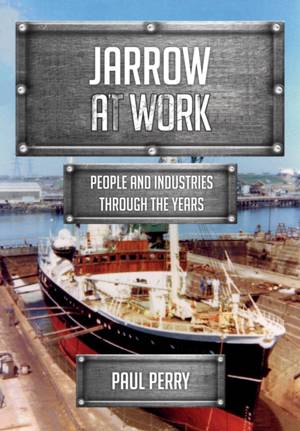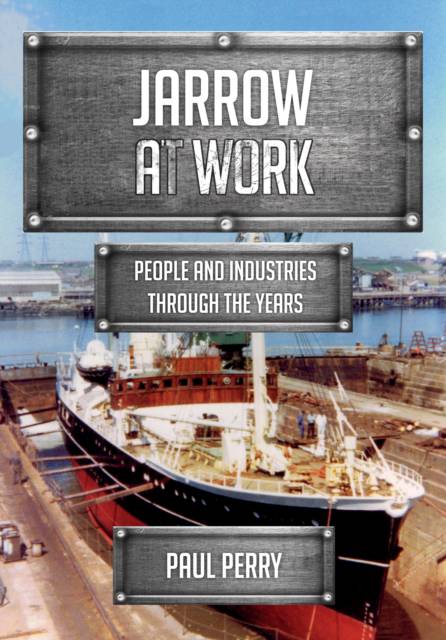
Bedankt voor het vertrouwen het afgelopen jaar! Om jou te bedanken bieden we GRATIS verzending (in België) aan op alles gedurende de hele maand januari.
- Afhalen na 1 uur in een winkel met voorraad
- Gratis thuislevering in België vanaf € 30
- Ruim aanbod met 7 miljoen producten
Bedankt voor het vertrouwen het afgelopen jaar! Om jou te bedanken bieden we GRATIS verzending (in België) aan op alles gedurende de hele maand januari.
- Afhalen na 1 uur in een winkel met voorraad
- Gratis thuislevering in België vanaf € 30
- Ruim aanbod met 7 miljoen producten
Zoeken
€ 20,95
+ 41 punten
Omschrijving
Jarrow has a rich history going back well over a thousand years, but the town is best known for its long-term association with shipbuilding. Charles Mark Palmer established a shipyard - Palmers Shipbuilding and Iron Company - in 1852 and became the first armour-plate manufacturer in the world. John Bowes, the first iron screw collier, revived the Tyne coal trade, and Palmers was responsible for building the first modern cargo ship as well as a number of notable warships. Palmers employed as much as 80 per cent of the town's working population until its closure in 1933. Jarrow at Work explores the life of this Tyneside town and its people, from pre-industrial beginnings through to the present day, in a fascinating series of contemporary photographs and illustrations. It takes us through the phenomenal growth of the shipbuilding industry in the nineteenth and early twentieth centuries, its subsequent decline and brief revival during the First World War when the Royal Navy needed more ships, post-war nationalisation of the shipbuilding industry, the closure of the last shipyard in the town in 1981, and finally how the town is coping today with the loss of such a major part of its history.
Specificaties
Betrokkenen
- Auteur(s):
- Uitgeverij:
Inhoud
- Aantal bladzijden:
- 96
- Taal:
- Engels
- Reeks:
Eigenschappen
- Productcode (EAN):
- 9781445683898
- Verschijningsdatum:
- 15/10/2018
- Uitvoering:
- Paperback
- Formaat:
- Trade paperback (VS)
- Afmetingen:
- 165 mm x 234 mm
- Gewicht:
- 298 g

Alleen bij Standaard Boekhandel
+ 41 punten op je klantenkaart van Standaard Boekhandel
Beoordelingen
We publiceren alleen reviews die voldoen aan de voorwaarden voor reviews. Bekijk onze voorwaarden voor reviews.









